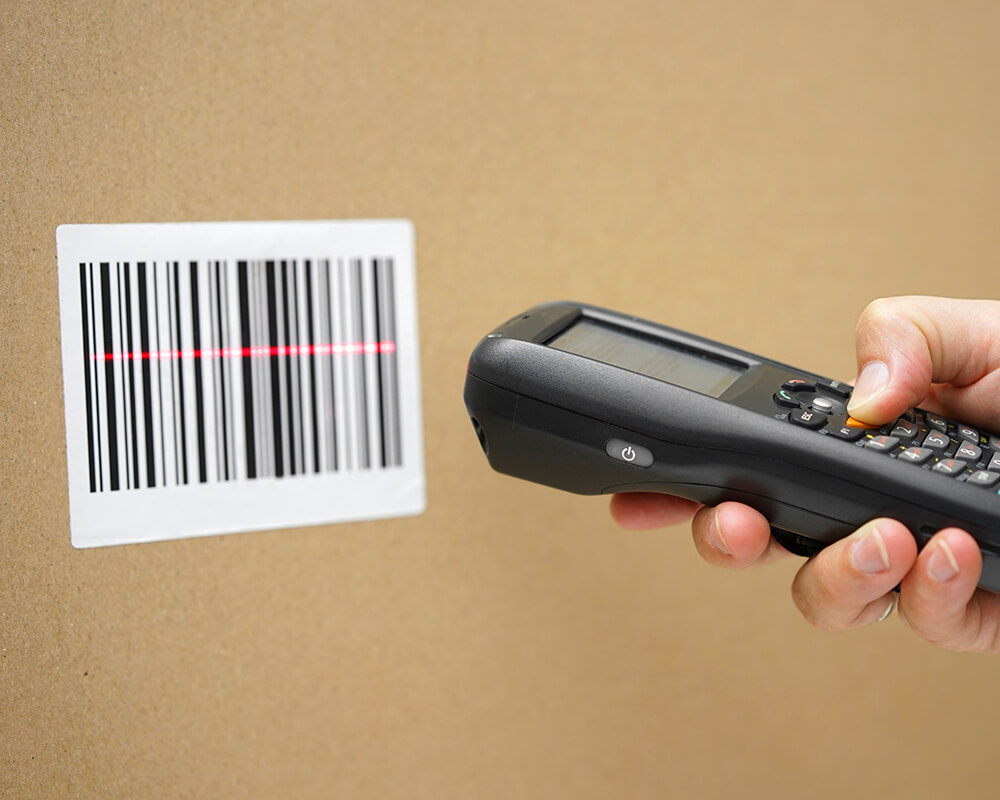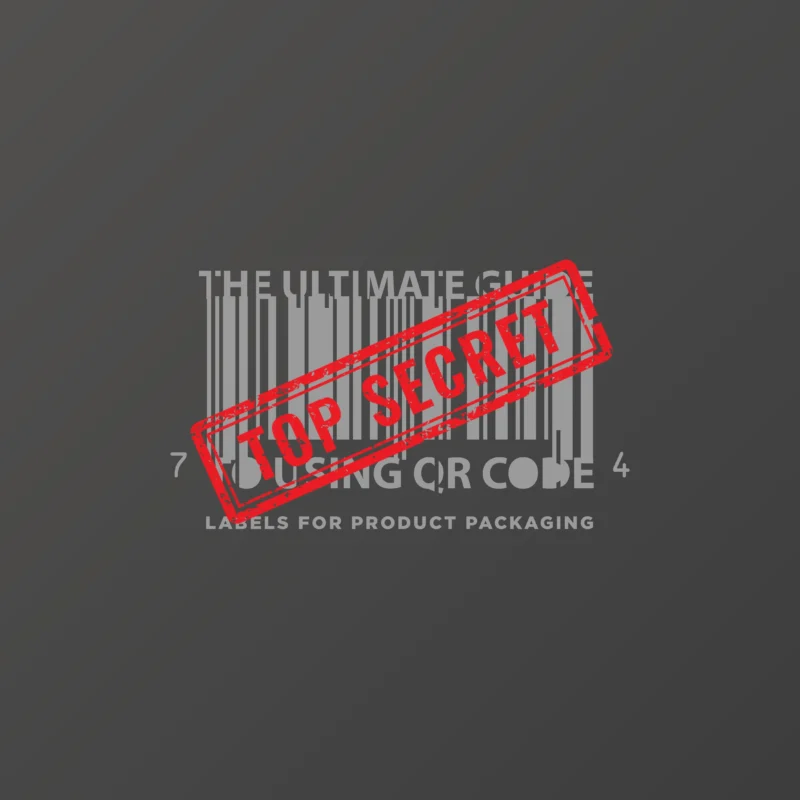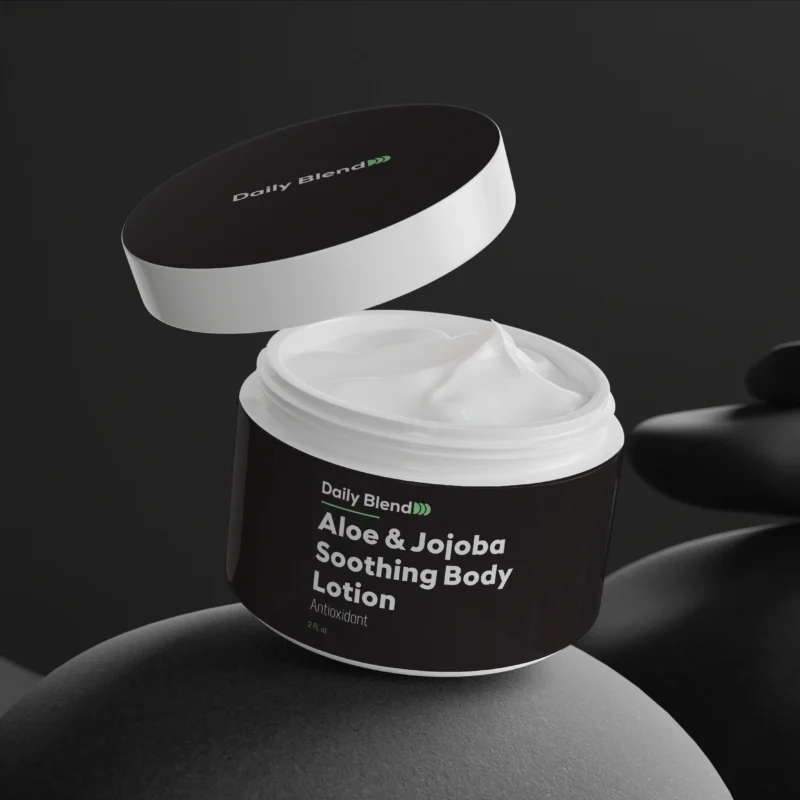5 Creative Ways to Use UPC Barcode Labels in Your Business


Photo by ‘Toon Lambrechts’ on Unsplash.com
UPC barcode labels are an essential tool for streamlining inventory management in any business. By using UPC barcode labels, businesses can easily track and manage their inventory, reducing the risk of stockouts and overstocking. With the use of barcode scanners, employees can quickly and accurately scan products as they come in and out of the warehouse, updating the inventory system in real-time. This not only saves time but also reduces the likelihood of human error in inventory management.
Furthermore, UPC barcode labels can be used to implement a just-in-time inventory system, where products are restocked only when they are needed. This can help businesses reduce carrying costs and minimize the risk of obsolete inventory. Additionally, UPC barcode labels can be used to track the expiration dates of products, ensuring that perishable items are sold before they expire. Overall, UPC barcode labels are an invaluable tool for businesses looking to streamline their inventory management processes and improve overall efficiency.
In addition, UPC barcode labels can also be used to implement a cycle counting system, where a small portion of the inventory is counted on a regular basis. This allows businesses to maintain accurate inventory records without having to shut down operations for a full physical inventory count. By using UPC barcode labels in conjunction with a cycle counting system, businesses can ensure that their inventory records are always up to date and accurate, leading to better decision-making and improved operational efficiency.
Key Takeaways
- UPC barcode labels can be used creatively in business for inventory management, customer experience, marketing, product traceability, and supply chain efficiency.
- Streamlining inventory management with UPC barcode labels can help businesses track and manage their stock more effectively.
- Enhancing customer experience through UPC barcode labels can improve the overall shopping experience and increase customer satisfaction.
- Leveraging UPC barcode labels for marketing and promotions can help businesses attract and retain customers through targeted campaigns.
- Integrating UPC barcode labels into point-of-sale systems can speed up transactions and improve overall efficiency.
Enhancing Customer Experience Through UPC Barcode Labels
UPC barcode labels can also be used to enhance the customer experience in a variety of ways. For example, by using UPC barcode labels, businesses can implement a self-checkout system, allowing customers to scan and pay for their own items without the need for a cashier. This not only reduces wait times for customers but also frees up employees to focus on other tasks, improving overall operational efficiency.
Additionally, UPC barcode labels can be used to provide customers with detailed product information at the point of sale. By scanning a product’s barcode, customers can access information such as ingredients, nutritional facts, and product reviews, helping them make more informed purchasing decisions. This not only enhances the customer experience but also builds trust and loyalty with the brand.
Furthermore, UPC barcode labels can be used to implement a loyalty program, where customers earn points or rewards for each purchase they make. By scanning their barcode at the point of sale, customers can easily track their rewards and redeem them for future purchases. This not only incentivizes repeat business but also provides valuable data insights for the business to better understand customer behavior and preferences. Overall, UPC barcode labels can be a powerful tool for businesses looking to enhance the customer experience and build long-term customer loyalty.
Leveraging UPC Barcode Labels for Marketing and Promotions
UPC barcode labels can also be leveraged for marketing and promotional purposes. For example, businesses can use UPC barcode labels to implement a digital coupon system, where customers can scan a product’s barcode to access and redeem digital coupons at the point of sale. This not only incentivizes purchases but also provides valuable data insights into customer behavior and preferences.
Additionally, UPC barcode labels can be used to implement a product recommendation system, where customers receive personalized product recommendations based on their past purchases. By scanning their barcode at the point of sale, customers can receive targeted recommendations for complementary products or new arrivals, increasing the likelihood of upselling and cross-selling.
Furthermore, businesses can use UPC barcode labels to implement a product sampling program, where customers can scan a product’s barcode to receive a free sample or trial offer. This not only encourages trial and adoption of new products but also provides valuable data insights into customer preferences and feedback. Overall, UPC barcode labels can be a powerful tool for businesses looking to implement targeted marketing and promotional campaigns that drive sales and build brand loyalty.
Improving Product Traceability and Quality Control with UPC Barcode Labels
| Product | UPC Code | Barcode Type | Label Size |
|---|---|---|---|
| Product A | 123456789012 | Code 128 | 2″ x 1″ |
| Product B | 987654321098 | QR Code | 3″ x 2″ |
| Product C | 567890123456 | UPC-A | 1.5″ x 1″ |
UPC barcode labels are also essential for improving product traceability and quality control in any business. By using UPC barcode labels, businesses can easily track the movement of products throughout the supply chain, from production to distribution to the end customer. This not only ensures that products are delivered on time but also provides valuable data insights into the efficiency of the supply chain.
Additionally, UPC barcode labels can be used to implement a recall management system, where businesses can quickly and accurately identify and recall products that may be defective or unsafe. By scanning a product’s barcode, businesses can trace its origin and distribution, allowing for targeted recalls that minimize disruption and cost.
Furthermore, UPC barcode labels can be used to implement a quality control system, where products are scanned at various stages of production to ensure that they meet quality standards. By using UPC barcode labels in conjunction with quality control processes, businesses can reduce the risk of defects and rework, improving overall product quality and customer satisfaction. Overall, UPC barcode labels are an invaluable tool for businesses looking to improve product traceability and quality control throughout the supply chain.
Optimizing Supply Chain Efficiency with UPC Barcode Labels

UPC barcode labels are also essential for optimizing supply chain efficiency in any business. By using UPC barcode labels, businesses can easily track the movement of products throughout the supply chain, from production to distribution to the end customer. This not only ensures that products are delivered on time but also provides valuable data insights into the efficiency of the supply chain.
Additionally, UPC barcode labels can be used to implement a vendor management system, where businesses can track the performance of their suppliers and identify opportunities for improvement. By scanning a product’s barcode, businesses can trace its origin and distribution, allowing for targeted recalls that minimize disruption and cost.
Furthermore, UPC barcode labels can be used to implement a just-in-time inventory system, where products are restocked only when they are needed. This can help businesses reduce carrying costs and minimize the risk of obsolete inventory. Additionally, UPC barcode labels can be used to track the expiration dates of products, ensuring that perishable items are sold before they expire. Overall, UPC barcode labels are an invaluable tool for businesses looking to optimize supply chain efficiency and improve overall operational performance.
Integrating UPC Barcode Labels into Point-of-Sale Systems for Faster Transactions
UPC barcode labels can also be integrated into point-of-sale systems to facilitate faster transactions and improve overall operational efficiency. By using UPC barcode labels, businesses can streamline the checkout process by quickly scanning products and processing payments. This not only reduces wait times for customers but also frees up employees to focus on other tasks, improving overall operational efficiency.
Additionally, UPC barcode labels can be used to implement a mobile checkout system, where employees can use handheld devices to scan products and process payments anywhere in the store. This not only improves customer service but also provides valuable data insights into customer behavior and preferences.
Furthermore, UPC barcode labels can be used to implement a contactless payment system, where customers can simply scan their own products and pay using their mobile devices or credit cards. This not only reduces the risk of fraud but also provides a seamless and convenient checkout experience for customers. Overall, integrating UPC barcode labels into point-of-sale systems is an essential step for businesses looking to improve transaction speed and overall customer satisfaction.
Harnessing Data Insights from UPC Barcode Labels for Business Intelligence
Finally, UPC barcode labels provide valuable data insights that can be harnessed for business intelligence purposes. By using UPC barcode labels, businesses can track sales trends, customer preferences, and inventory turnover rates, providing valuable data insights that can inform strategic decision-making.
Additionally, UPC barcode labels can be used to implement a customer relationship management system, where businesses can track customer purchases and preferences to provide personalized recommendations and offers. By leveraging data insights from UPC barcode labels, businesses can build stronger relationships with their customers and drive repeat business.
Furthermore, UPC barcode labels can be used to analyze the effectiveness of marketing campaigns and promotions by tracking redemption rates and sales uplifts. By harnessing data insights from UPC barcode labels, businesses can optimize their marketing strategies and improve overall return on investment.
In conclusion, UPC barcode labels are an essential tool for businesses looking to streamline inventory management, enhance the customer experience, leverage marketing opportunities, improve product traceability and quality control, optimize supply chain efficiency, integrate point-of-sale systems for faster transactions, and harness data insights for business intelligence purposes. By leveraging the power of UPC barcode labels, businesses can improve operational efficiency, drive sales growth, and build long-term customer loyalty in today’s competitive marketplace.
FAQs
What are UPC barcode labels?
UPC barcode labels are a type of barcode that contains a unique 12-digit number used to identify products in retail settings. They are commonly found on product packaging and can be scanned by barcode readers to retrieve product information.
How are UPC barcode labels typically used in businesses?
UPC barcode labels are typically used in businesses to track inventory, manage stock levels, and facilitate the checkout process. They are also used to provide product information and pricing to customers.
What are some creative ways to use UPC barcode labels in a business?
Some creative ways to use UPC barcode labels in a business include using them for loyalty programs, event ticketing, access control, and product customization. They can also be used for interactive marketing campaigns and customer engagement.
Can UPC barcode labels be customized for specific business needs?
Yes, UPC barcode labels can be customized to include additional information such as logos, promotional messages, and QR codes. This allows businesses to tailor the barcode labels to their specific branding and marketing needs.
Are there any regulations or standards that businesses need to follow when using UPC barcode labels?
Yes, businesses need to comply with the standards set by the Global Trade Item Number (GTIN) and the Uniform Code Council (UCC) when using UPC barcode labels. These standards ensure that the barcode labels are unique and can be scanned by any barcode reader.




